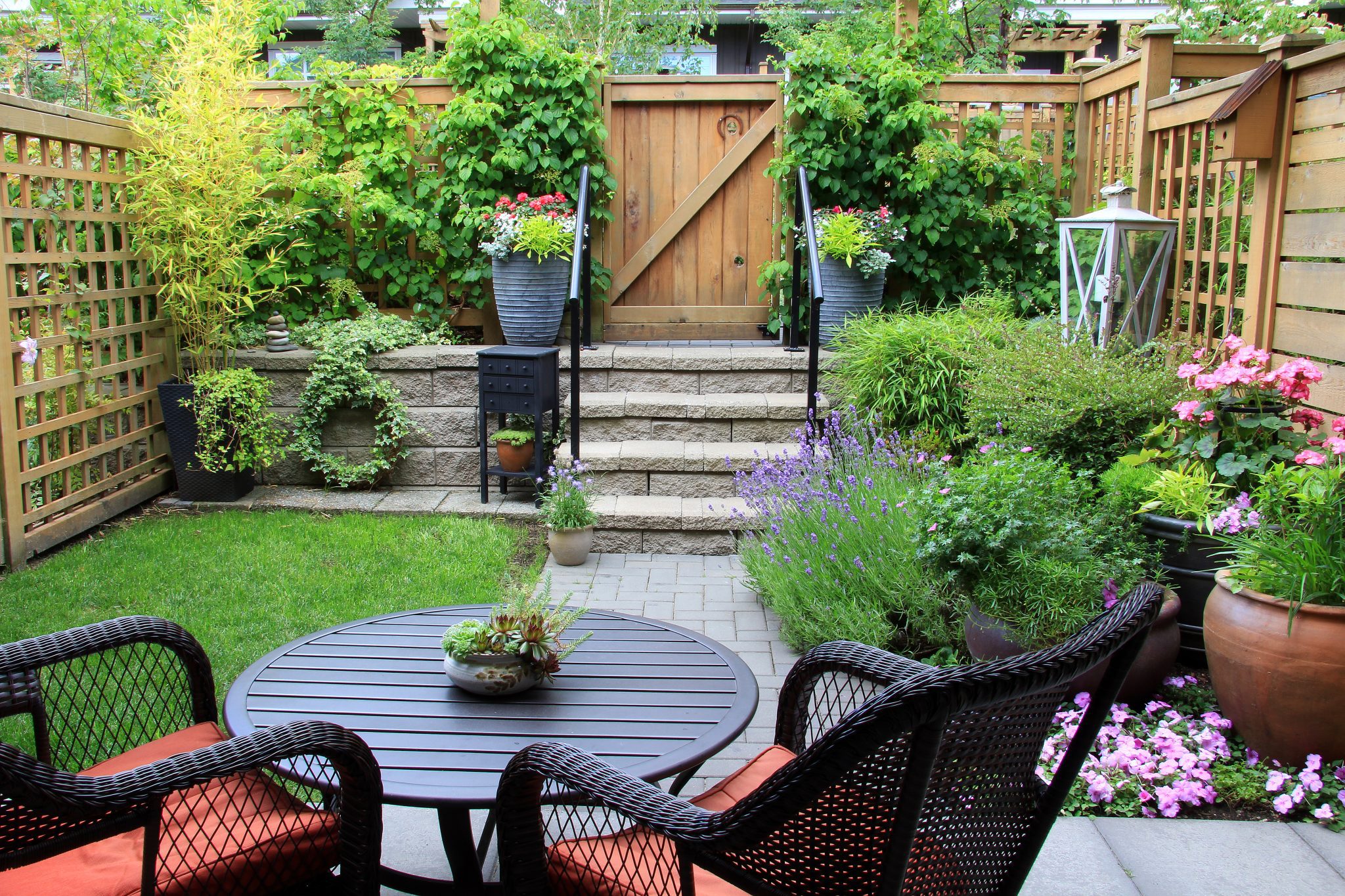Lawn & Garden

This article is part one of the spring garden preparation series.
As the days grow longer and the sky less dreary, spring is the ideal time to prepare home landscapes for planting. Most trees, shrubs, and warm-season grasses are awakening from winter rest. As the weather heats up, focus your attention on container plants, in-ground flower beds, and replacing trees and shrubs that did not survive the winter.
Container Plants
Pots and containers make ideal focal points for homes with minimal yard space. Therefore, placing a variety of colorful plants in pots with a good growing medium and suitable drainage can create a nice floral display. In addition, meeting specific growing requirements can be the difference between healthy and unhealthy plant growth. Be sure to read the labels. If there is no label on the plant container that you are purchasing, research the plant before you purchase it to ensure you can provide all the necessary growing requirements in their environment.
Pansies, snapdragons, petunias, tulips, coleus, and variegated hostas are ideal plants that can be found locally. These plants will look exceptionally well in traditional concrete, wood, clay, and plastic pots.
Flower Beds
Most in-ground flower beds can be challenging at times. Identifying the best planting areas in your yard is critical to getting the maximum amount of sunshine and adequate drainage for plants. Plants surrounding the house, blended in between trees and shrubs, or planted in shaded areas may get little sun needed for plants to grow. Nonetheless, some plants need open spaces, exposure to full sun, and occasionally hot or dry heat to grow well. Try to provide a water source for the bed to keep plant roots nice and moist.
When establishing a fertile flower bed, soil type and mixture are vital factors. Believe it or not, the soil’s level of alkalinity or acidity will decide what will grow and thrive. The correct balance between sun and soil can be achieved with basic gardening knowledge. Contact your county Extension office to get a soil testing kit for a soil analysis. Lastly, remember that color-coordinated flowers are one of the most pleasing aspects of any container or in-ground garden.
Replacing Trees and Shrubs
Most in-ground flower beds can be challenging at times. Identifying the best planting areas in your yard is critical to getting enough sunshine and adequate drainage for plants. Plants surrounding the house, blended in between trees and shrubs, or planted in shaded areas may get insufficient sun needed for plants to grow. Nonetheless, some plants need open spaces, exposure to full sun, and occasional hot or dry heat to grow well. Also, be sure to provide a water source for each bed to keep plant roots nice and moist.
Establishing a fertile flower bed, soil type and mixture is also vital. Believe it or not, the soil’s level of alkalinity or acidity will decide what plants will grow and thrive. The correct balance between sun and soil can be achieved with basic gardening knowledge. Contact your county Extension office to get a soil testing kit for a soil analysis.
Lastly, remember that color-coordinated flowers are one of the most pleasing aspects of any container or in-ground garden. When deciding how to plant or place your plants to achieve that optimal color coordination, there is no right or wrong answer for adding color to your garden. Color choices are a matter of personal taste. Less can be more when it comes to choosing colors for a particular garden spot. Focusing on a smaller area using just one color can be more impressive and pleasing to the eye than a larger area planted with a variety of spotted colors, also less expensive. Grouping one kind of flower together with the same growing requirements can be easier to work with to gain maximum impact.
Other Tips
- Use a quality potting mix that adds fertilizers and moisture controls needed for good plant growth.
- Use a container that is deep enough for the plant to grow (check the label).
- Frequent watering will wash plant nutrients out of the soil, so always consider a routine feeding program.
- Water plants in the morning. To confirm sufficient moisture levels, Conduct the finger test to see just how much moisture is in the soil. The finger test is basically sticking your finger in the container, to see how moist or dry the soil is around the plant roots in the container. This will keep the plant from drying out when inconsistent water schedules are an issue.
- Provide routine maintenance flower beds to keep weeds from competing with the plant nutrients, minerals, space, and aesthetics.
- Avoid using unhealthy plants. Use only healthy plants and shrubs from the same plant group to fill in gaps between existing shrubs to complement other similar plants. This will also change the focal point in that area.
- Flowers enjoy good drainage. If your soil is more clay in texture or inclined to be water-logged, then incorporate plenty of horticultural potting mix or sand in the planting compost area. In some cases, it may be a good idea not to plant too deep in the soil but have a good cover of mulch to provide moisture.
- If the tree or shrub is not well suited to its planting site or location, it will perform poorly and will be more susceptible to disease and insect infestations or die.
- Plant trees in holes that are wider, not deep. Holes should be at least two to three times wider than the tree root system.
- Check the label for growing requirements on all trees, flowers, and shrubs to ensure proper light, soil moisture, and hardiness zone.
Visit www.aces.edu for more information on spring lawn and garden care.

